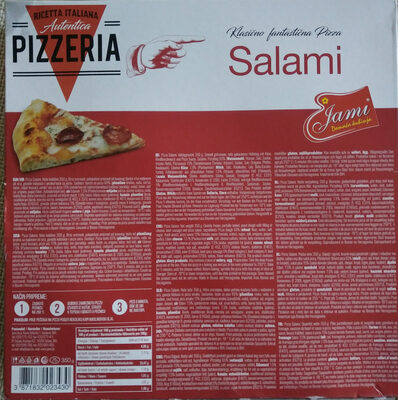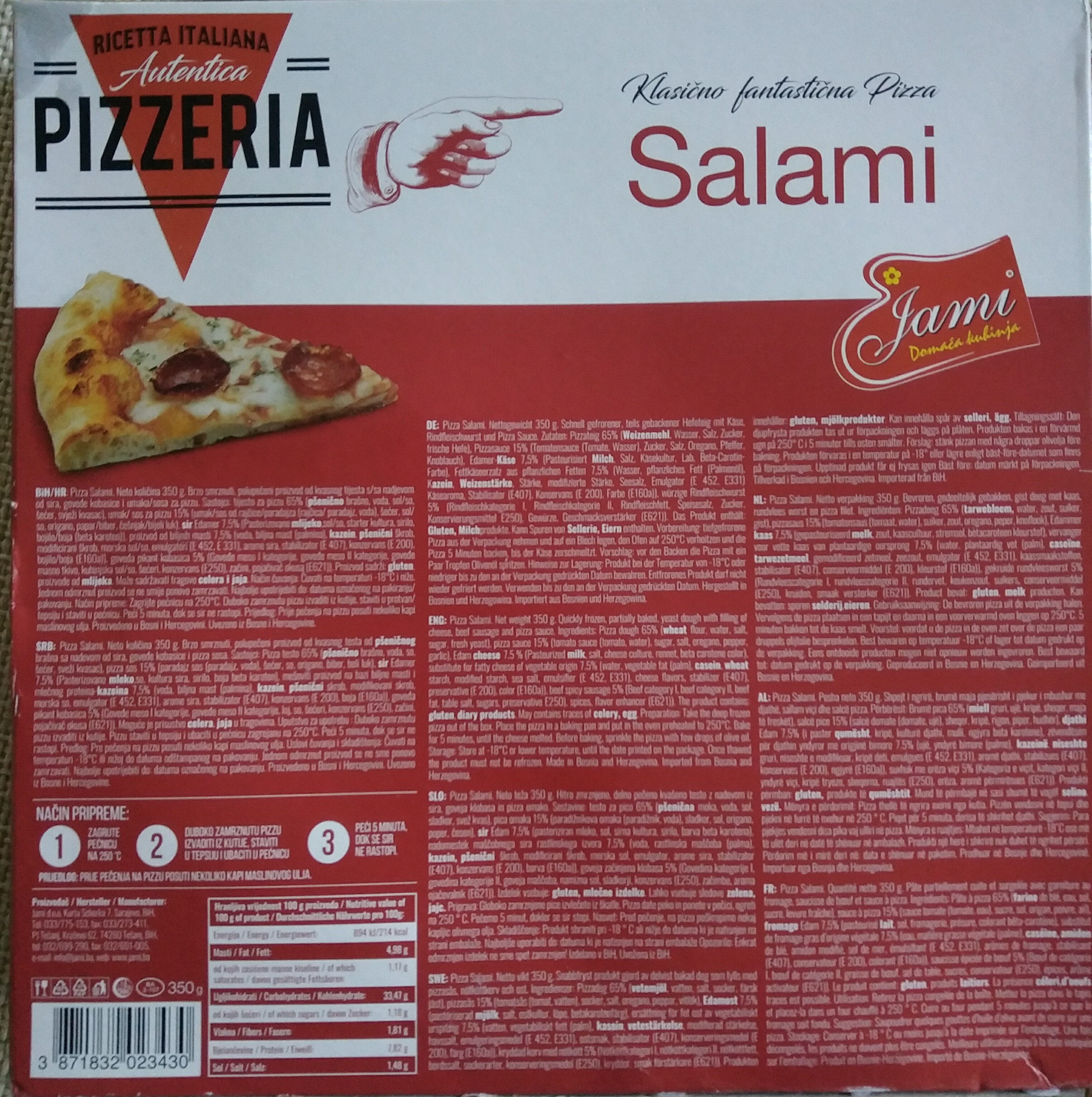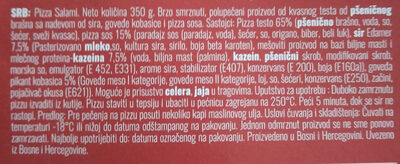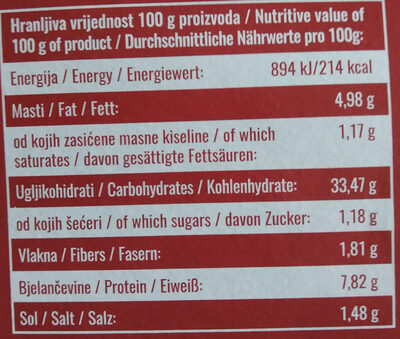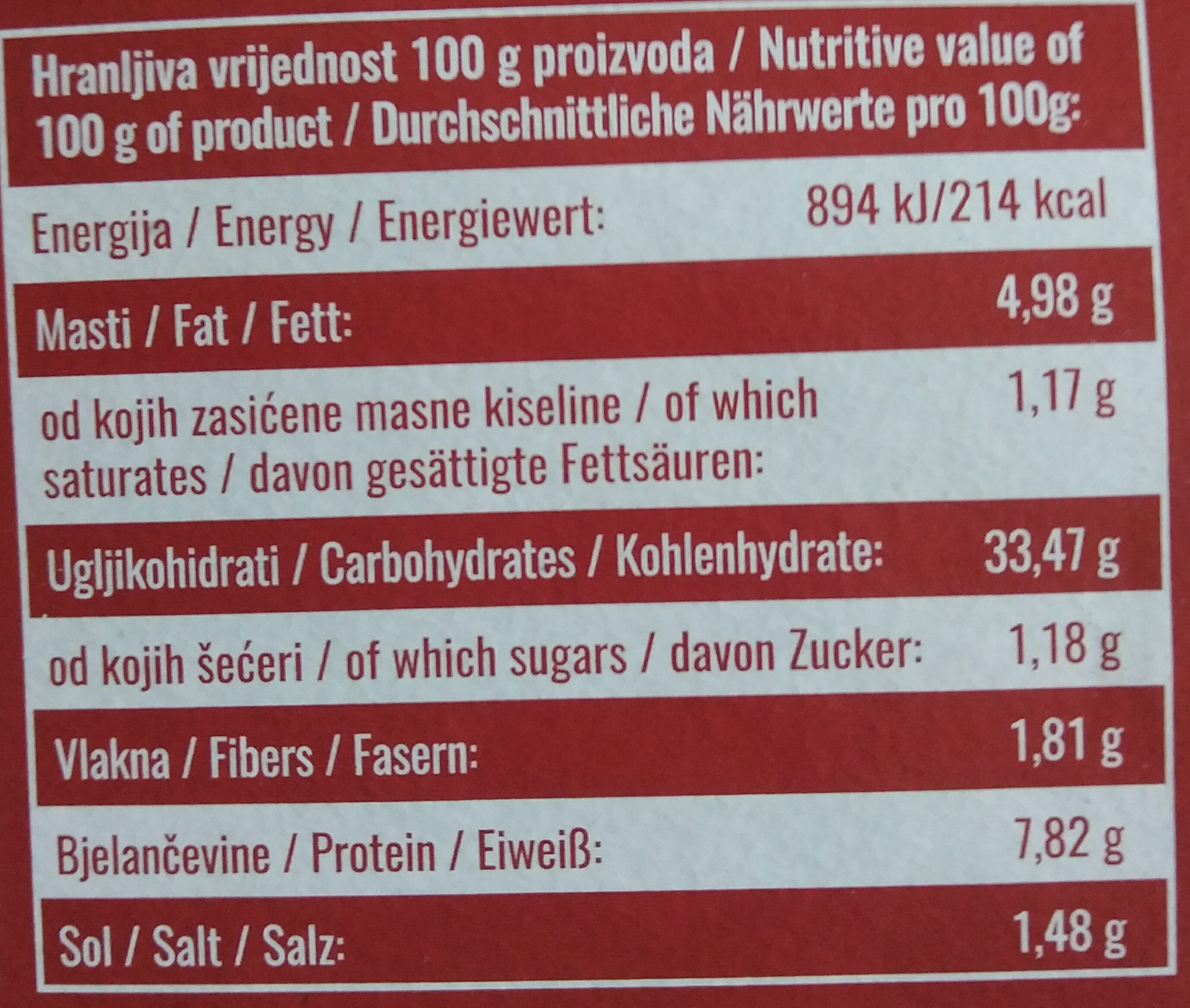Pizza - Jami Domaća kuhinja - 350 g
This product page is not complete. You can help to complete it by editing it and adding more data from the photos we have, or by taking more photos using the app for Android or iPhone/iPad. Thank you!
×
Barkod: 3871832023430 (EAN / EAN-13)
Količina: 350 g
Ambalaža: Папир
Брендови: Jami Domaća kuhinja
Категорије: en:Meals, en:Pizzas pies and quiches, en:Pizzas
Poreklo sastojaka: Босна и Херцеговина
Mesto u kojem se proizvodi ili prerađuje: Сарајево, Босна и Херцеговина
Prodavnice: Лидл
Државе у којима се продаје: Србија
Matching with your preferences
Environment
Ambalaža
Transportation
Report a problem
Data sources
Product added on од openfoodfacts-contributors
Last edit of product page on од .
Страницу производа такође уредио off.9d8ef6e2-a3bc-45f7-81c2-ab9062bb6113.
If the data is incomplete or incorrect, you can complete or correct it by editing this page.
